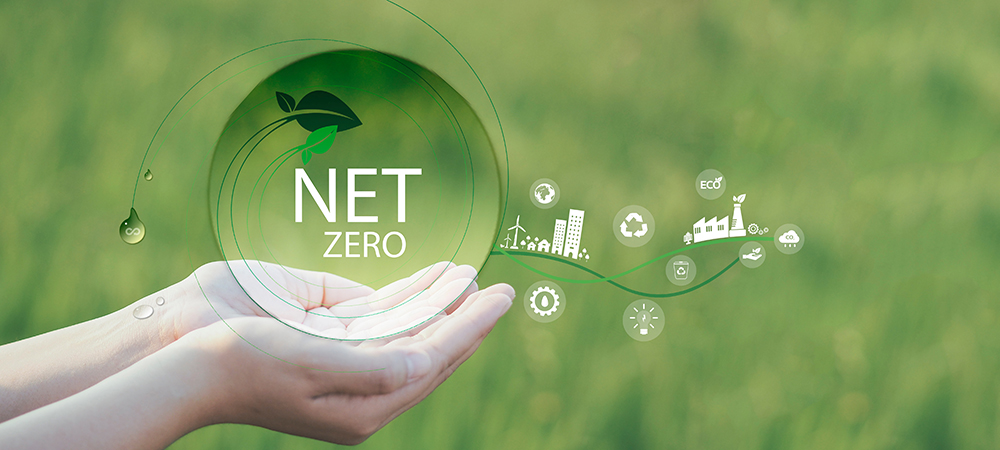Kailem Anderson, Vice President of Portfolio and Engineering, Blue Planet, a division of Ciena, says eco-friendly hardware, software and automation can help CSPs meet sustainability goals.
Communications Service Providers (CSPs) are looking to achieve net-zero carbon dioxide (CO2) emissions through modernizing and automating their networks and in doing so, also increasing agility, reducing costs and improving the customer experience.
According to a recent assessment of the mobile industry’s performance against net-zero ambitions: “Mobile network operators around the world are taking their commitments to reach net zero carbon emissions seriously. The industry is working collaboratively on the challenge through a comprehensive set of actions. This is a significant commitment from an industry whose output is increasing month by month, through the provision of improved connectivity in more places.”
It’s why many CSPs are upgrading their networks by replacing older, power-hungry equipment in fixed and mobile networks with the latest generation of network hardware that provides greater performance but uses less power. The result is a more efficient network with dramatically lower power consumption overall.
At the same time, they are leveraging software to look more closely at their current network. One large North American network operator we worked with used auto-discovery capabilities to model its nationwide multi-vendor transport and access network – and found over 700 devices and 31,000 optical line-cards that were previously unaccounted for. Such “rogue” hardware can include older routers and switches that are not being used actively.
In the same way software can help identify key issues such as rogue hardware across the network – a problem many network operators face.
CSPs can leverage other software-based intelligence and automation capabilities to solve it, in many instances upgrading their network with virtualized equivalents that may be more energy efficient.
In particular, three key software innovations are helping CSPs further reduce power consumption across the network.
Defined Networking (SDN) leverages open application programming interfaces (APIs) to give CSPs better and more intelligent control of their networks, including enhanced traffic engineering capabilities like bandwidth-on-demand. Open APIs also enable greater visibility of network elements and other resources, ensuring CSPs can build and operate multi-layer, multi-vendor networks. This leads to much greater efficiency from a bandwidth utilization perspective.
Meanwhile, virtualized services such as 5G enable operators to take advantage of virtual applications known as Cloud-based Network Functions (CNFs), which replace physical network devices and run on servers deployed in data centers.
Finally, the implementation of intelligent automation is enabling CSPs to abandon siloed, legacy Operations Support Systems that are burdened by redundant systems and processes, manual labor and human error. With networks becoming increasingly complex, CSPs are taking advantage of orchestration, analytics and ML to automate their network and service operations.
With a more virtualized, intelligent and automated approach to network operations wherever possible, CSPs can greatly reduce their reliance on legacy hardware and, in turn, reduce their carbon footprint substantially.
Click below to share this article

